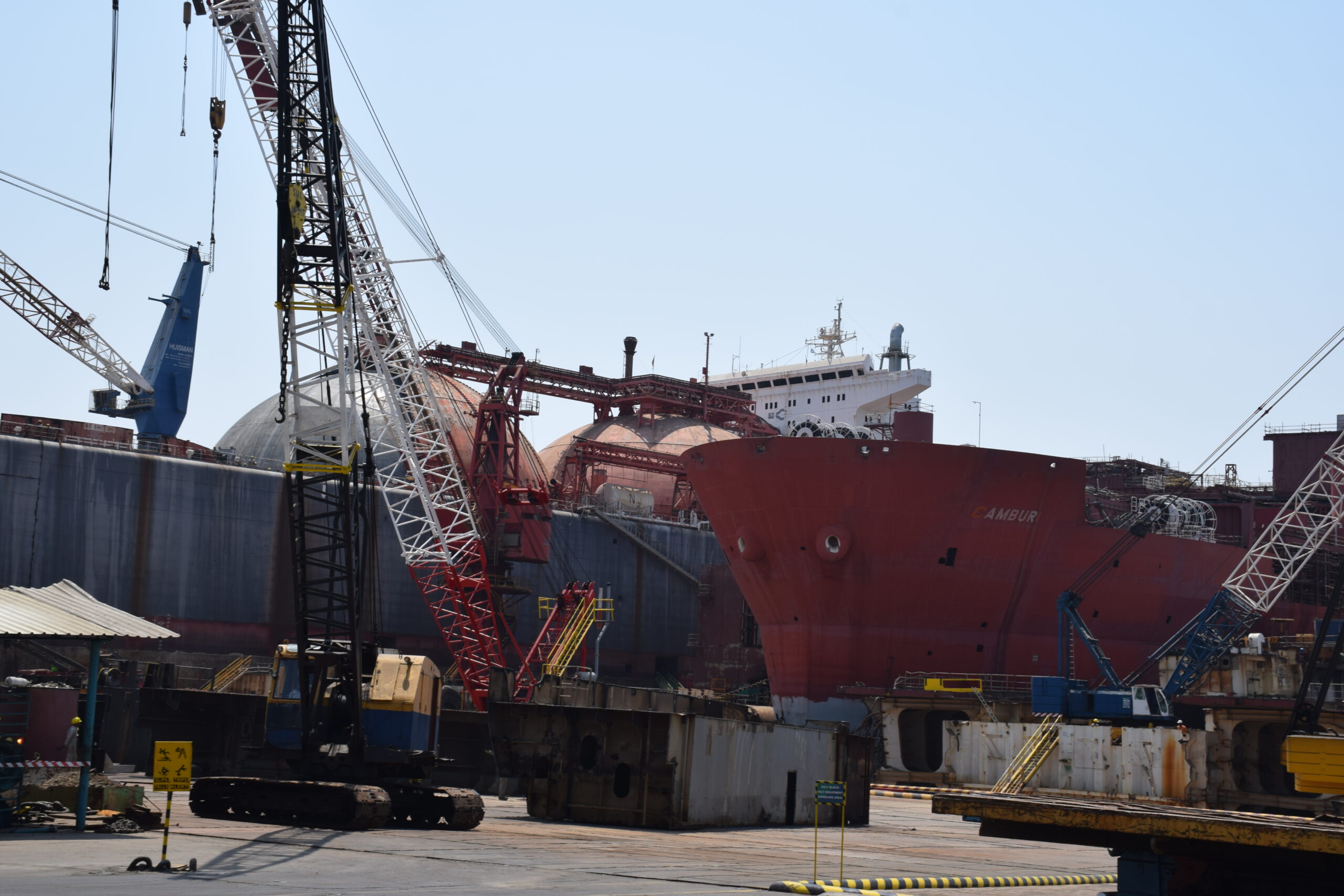A Sharp Plunge in Product Tanker Recycling in 2023 Signals Industry Shifts

By BIMCO
In this week’s “Shipping Number of the Week” from BIMCO, Chief Shipping Analyst, Niels Rasmussen, looks at product tanker recycling activity which dropped to its lowest level on record in 2023, partly due to strong earnings, second-hand values and a reduction in newbuilding deliveries.
In a startling revelation, Niels Rasmussen, Chief Shipping Analyst at BIMCO, disclosed that 2023 witnessed a significant downturn in product tanker recycling. Only seven vessels, with a combined deadweight tonnes (DWT) capacity of 265,000, were recycled during the year. This marked an 82% year-on-year decrease compared to the 1.5 million DWT (27 product tankers) recycled in 2022 and set a new record low in recycling since data collection began in 1996.
As a result of low recycling activity and newbuilding deliveries, the average age of product tankers increased by nine months during 2023 to the highest level since 2005. …says Rasmussen.
Several factors contributed to this unprecedented decline in recycling rates. Strong earnings and robust second-hand values, coupled with a reduction in newbuilding deliveries, played pivotal roles in discouraging shipowners from retiring aging vessels. Clarksons Research indicates that, despite a 15% dip in average annual earnings per ship in 2023, the figures remained the third-highest since the 2008 financial crisis. Simultaneously, second-hand ship prices surged by 17%, reaching their highest levels since 2008.
Adding to the complexity, 2023 witnessed the lowest number of newbuilding deliveries in over two decades. Remarkably, despite the minimal recycling activity, the overall fleet grew by a mere 2.1% year-on-year.
The consequences of these trends are striking. A substantial portion of the product tanker fleet now comprises aging vessels, with 12% and 39% of the ships being more than 20 and 15 years old, respectively. These percentages equate to 9% and 35% of the fleet’s deadweight capacity.
As part of the 2023 contracting, product tanker owners have also taken further steps to prepare for low carbon fuels. Currently, 97 ships are either prepared or readied for alternative fuels (3% of fleet). The order book meantime contains 60 such ships (19% of the order book). ..says Rasmussen.
However, amidst this scenario, 2023 marked the initiation of significant efforts to rejuvenate the fleet. Contracting for new ships surged to a 10-year high, and the order book more than doubled in size, resulting in a 12% order book to fleet ratio.
Unsurprisingly, MR and LR2 product tankers dominated the contracting landscape, contributing 33% and 56% of the order book’s DWT capacity. Notably, a majority of contracts were once again awarded to Chinese shipyards, which now command an impressive 70% share of the deadweight capacity in the order book.
Looking ahead, a substantial uptick in deliveries is anticipated in 2025 when 10 million DWT capacity is scheduled for completion. Another seven million from the order book’s total of 23 million DWT are slated for delivery in 2026. Consequently, industry experts predict that recycling activity is likely to rebound starting in 2025 as the fleet undergoes a transformation with the influx of new vessels. The delicate balance between recycling and rejuvenation becomes paramount as the industry adapts to these shifting dynamics.
Author: shipping inbox
shipping and maritime related web portal








